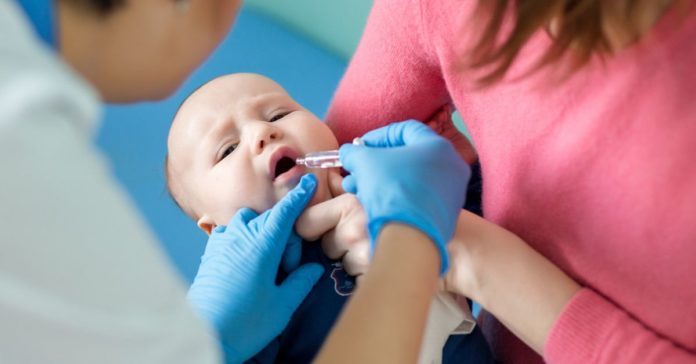Overview
Polio is a life-threatening disease that is a real menace to humanity. Also, this disease is highly contagious. Individuals most likely to contract this disease are children below the age of 5 years. Fortunately, the development of the polio vaccine has dealt a severe blow to this dangerous ailment.
About polio
Polio is a crippling disease that is caused by a virus known as the poliovirus. This virus has the ability to spread from one individual to another, thereby making the disease contagious. Polio = affects the nervous system.
The poliovirus attacks the spinal cord and brain of the infected individual. Consequently, paralysis may result from this as the individual becomes unable to move certain parts of the body. In some cases, a polio infection can cause permanent paralysis.
Prevention of polio can take place very effectively with the polio vaccine. Since the development of the polio vaccine in 1953, the cases of polio have seen a significant drop.
.
What are the symptoms of polio?
One can divide the symptoms of polio into two types: non-paralytic and paralytic polio and following paralytic polio, the post polio symptoms.
Some who get infected with the polio virus contract a type of polio that does not cause paralysis (abortive polio). Usually, this causes the same mild, flu-like signs and symptoms typical of other viral diseases.
Signs and symptoms that can last up to 10 days, include:
- Fatigue
- Fever
- Headache
- Sore throat
- Vomiting
- Neck pain or stiffness
- Back pain or stiffness
- Muscle weakness or tenderness
- Stiffness or pain in the arms or legs
Below are the symptoms of paralytic polio:
Initial signs of paralytic polio like headache and fever, often mimic those of nonparalytic polio. However, within a week other signs and symptoms appear, including:
- Loss of reflexes
- Severe muscle aches or weakness
- Loose and floppy limbs (flaccid paralysis)
This is followed by post polio paralytic sequelae like:
- Progressive muscle or joint weakness and pain
- Fatigue
- Muscle wasting
- Breathing or swallowing problems
- Sleep-related breathing disorders,
- Decreased tolerance of cold temperatures
What are the causes of polio?
The primary cause of polio is the poliovirus. The main causes of the transmission of this virus are as follows:
- Traveling to an area of a polio outbreak
- Coming into contact with a polio patient’s feces
- Coming into contact with the sneeze and cough droplets of an infected individual
- Improper handling of a poliovirus laboratory specimen
When to see a doctor?
You must see a doctor in case your child has not received the polio vaccine. Some children can have an allergic reaction to the polio vaccine. In this case, too, you should see a doctor. Besides, if you or your child experience polio-related symptoms, immediately seek the services of your doctor.
.
How can you prevent polio?
Avoiding contact with a polio-infected person is one way of polio prevention. However, the best way of prevention is polio vaccination. This vaccine can protect your children by making their bodies capable of fighting the poliovirus. The children should receive polio vaccine doses from 2 months to 6 years of age. Usually oral polio vaccine is given at the time of birth itself .
What are the treatment options for polio?
In case you are a polio patient, there are many treatment options. The aim of these treatment options is to control or minimize the effects of polio. Below are the various treatment options for polio:
- Getting plenty of bed rest
- Use of portable ventilators to help a patient in the breathing process
- Antibiotic medication to treat infections of the urinary tract
- Painkillers to help eliminate the sensation of pain associated with polio
- Pulmonary rehabilitation to enhance the endurance of lungs
- Heating pad treatment for muscle spasms and aches
- Use of mobility aid like an electric scooter, wheelchair, or cane
- Physical therapy to revive and improve muscle movement
- Antispasmodic medications for muscle relaxation
- Intake of fluids like broth, juice, water in sufficient amounts
- Use of corrective braces to manage misaligned teeth
- Physical trainer guidance to help with walking
Conclusion
Polio is a deadly disease that can destroy the lives, aspirations, and hopes of children. In a sigh of great relief for humanity, the polio vaccine can very effectively prevent this disease. This paralysis-causing disease has now been defeated by many countries of the world, but the threat still remains.
Frequently Asked Questions (FAQs)
Is the risk of polio still present in India?
As of now, Polio has been eradicated from India. However, the risk of import of poliovirus still remains.
Can polio be cured?
Unfortunately, a patient with polio cannot be cured. Only the management of the effects of the disease is possible.
Can every child be given a polio vaccine?
Almost every child can be given a polio vaccine. The only exception would be in a case if the polio vaccine can give a child severe life-threatening allergies.


















